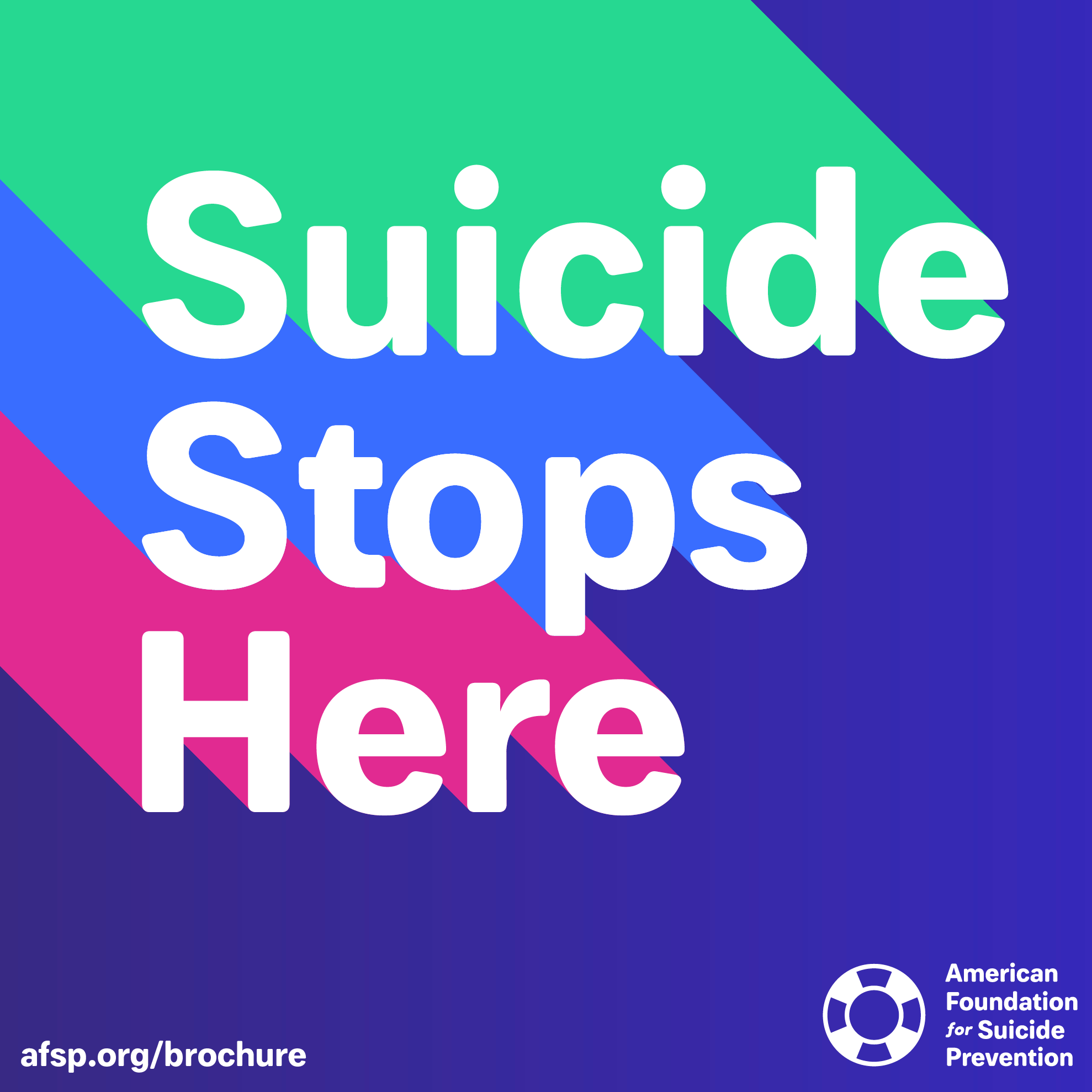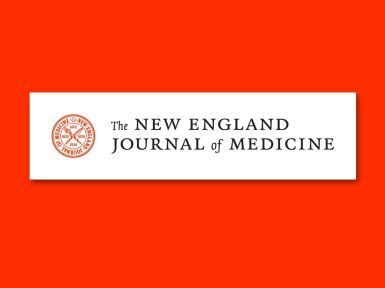By Keith C. Kosel, PhD, MHSA, MBA
“Show me the money!” No one old enough to have seen the 1996 movie, Jerry Maguire, will ever forget that memorable phrase. That simple but powerful phrase could apply to every person who punches a clock for a living and just about every business, including community-based organizations (CBOs) and Connected Communities of Care (CCC). For CCCs and other non-profits, a parallel but no less powerful phrase, “No margin, no mission,” also rings true― just ask Sister Irene Kraus of the Daughters of Charity National Health Care System, who is credited with giving health care the phrase. The question is, how do we satisfy these two complementary statements?
When we consider funding for a CCC, we usually speak of seed funding― those dollars provided by a grant or other type of external funding award to establish a new entity or program. Initial planning, design, development, and implementation typically fall under the heading of seed funding. But once the new entity or program is operational and the seed funding is expended, then what? How do we sustain the CCC’s operation? Unfortunately, for most non-profit organizations, that’s when they first seriously ask themselves the question, just before the money runs out and the entity and/or program is placed in immediate peril of failing. This state of hyper-anxiety could have been avoided with some simple sustainability planning initiated very early, during the initial planning phase of the project.
The time to think about how operations will be sustained is not after the entity or program is implemented, but before the first meal is served, the first patient seen, or the first service delivered. For many, especially those new to starting a going concern, this might seem like odd advice and that’s completely understandable. When you are planning, designing, developing, and implementing a new entity or program, you typically have your hands full with a myriad of activities such as hiring team members, decision-making, checking progress, and achieving milestones, revising plans, etc. The last thing you are thinking about is where to get money to keep things going, especially since you have the seed funding check in your pocket, providing a false sense of financial security. But to that initial list of must-dos, you have to include looking beyond the implementation phase to evaluate where the next paycheck will come from and how you will obtain it. To be sure, this is difficult for most organizations to do, but it is essential for the long-term viability of the entity or program like a CCC.
Before we look more closely at the two key elements of financial sustainability – 1) what funders are looking for, and 2) sources of supplemental funding― it is vitally important to state the obvious, which is that sustainability involves far more than just accessing funds. We often talk about operational sustainability, meaning those factors other than money that are essential to keep the organization functioning. Succession planning immediately comes to mind. What happens if the person leading your CCC abruptly leaves or has a major health episode (e.g., heart attack, cancer diagnosis, complications from COVID-19)? We also speak of political sustainability, such as what happens if a new administration takes office and isn’t as favorably disposed to your entity or program as the prior administration? Ever wonder why tech giants and the big Wall Street banks and brokerage firms give money to both parties? That’s political sustainability in action! While all these other types of sustainability are no doubt important, for most non-profit CBOs and CCCs, finding funds to continue operations is, without exception, their greatest concern. Because of that, I will focus my comments on financial sustainability.
Of the two key elements of financial sustainability referenced above, understanding what funders are looking for and ensuring that your new undertaking can deliver “the goods” is paramount to sustaining a CCC. Today more than ever, funders (e.g., philanthropic organizations or civic entities, including state and federal grant makers) expect organizations seeking funding for ongoing operations to be able to demonstrate―through valid, demonstrable data― that the programs and services they are delivering are making a difference. No longer are philanthropic organizations willing to simply write a check to non-profit start-ups with the admonishment to “do good with it.” Among other things, given the increasing competition among non-profits for funding assistance, funders are increasingly seeking proof that the new entity, program, or service is making a demonstrable and meaningful difference in the community or among those being served. While this certainly seems like a reasonable expectation, it often catches start-ups by surprise, setting in motion a chaotic chain reaction of panic and grasping at any funding opportunity- even if it’s not related to the core strength of the start-up, that might provide funds, and then more panic when/if that opportunity fails to materialize. To prevent this situation in your CCC, you must BOTH plan for ongoing funding and put your organization in the best possible position to demonstrate that you are making a real difference. So how do you do that? Very simply, you deliver on your promises and generate results that matter.
While that sounds simple enough, it’s what causes most new start-ups, including CCCs, to fail. Having an idea to improve the health and well-being of individuals in the community is simple, but making it happen is much more difficult. Here we are talking about ensuring you can demonstrate to potential funders that you have established realistic stretch goals and supporting objectives for your CCC or one of its programs and that you met those goals and objectives. Have you identified validated measures to track and evaluate performance and do you have a system for helping you collect and analyze the requisite data? Finally, is your program doing what you expected it to do and have you documented every step of the way? These elements are not easy to accomplish. It takes astute planning, a knowledge of the field and immediate market to know what is demanded and valued, and an obsession for tracking all the essential moving pieces. If you can do all of this and your program or service performs as expected, then you will be well on your way to securing the ongoing funding necessary to sustain your operations. As indicated, this is much easier said than done and it is where most new organizations or programs go wrong. Even when your program or service performs to perfection, failing to capture and document that performance (a very common problem among start-ups) can put you squarely behind the eight-ball.
Next, fast forward to results, which have been documented and are turning heads. This means that the funds should just start flowing in, right? Well not exactly. First, you will need to find a funder that believes in you and your data. That’s often not as difficult as it might sound. Start with those you know best― the organizations that provided your seed funding. Assuming the organization that provided your initial funds also funds ongoing projects (some funders do not) and you have solid results, find out if they would be open to continuing to support your work. If they do not, reach out to other funders that know you, assuming your program or service fits within those areas they fund. It is well-known among those in the funding game that funders prefer to fund those they know and those that have consistently delivered the goods. The risk to the funder is considerably less if they know where the money is going, how it will be spent, and if the awardee has a good track record of fiscal responsibility and program results. This is equally true whether you are talking about local philanthropic funders or state and national governmental agencies―building a strong relationship with your funder and delivering result is a proven winning formula.
If the organization that provided your seed funding does not fund ongoing operations, or for any other reason it may be difficult to approach your initial funder or other funders that know you, then you must begin your search for another funding entity. While this process can take some time, especially if you are new to the funding game, it is not that difficult to identify organizations with funding opportunities that may be open to hearing about your results and receiving a proposal. There are numerous information services that identify funding opportunities across the country that can be accessed for free (e.g., www.grants.gov for government opportunities, www.ruralhealthinfo.org for rural opportunities) or for a fee through a subscription arrangement (e.g., www.grantwatch.com and www.grantstation.com), to name just a few. These services cover a wide range of funding opportunities from governmental agencies to local, state, regional, and national philanthropic foundations and can serve as a good way to locate organizations that fund the type of work you do. While there are many professional firms that will do this searching for you for a fee, which is often quite steep, with a little time and perseverance you can do the searches yourself.
At the end of the day, achieving financial sustainability for your new CCC is not that difficult so long as you remember to begin to plan for the need early on during your initial start-up period and, most importantly, you generate solid, demonstrable, in-demand results that funders are eager to pay to support.
 About the author
About the author
Dr. Keith Kosel, Executive Advisor at Parkland Center for Clinical Innovation (PCCI) and is author of “Building Connected Communities of Care: The Playbook for Streamlining Effective Coordination Between Medical and Community-Based Organizations,” a guide that brings together communities to support our most vulnerable. At PCCI, Keith is leveraging his passion for – and extensive experience in – patient safety, quality, and population health by focusing on understanding Non Medical Drivers of Health and the impact of community-based interventions in improving the health of vulnerable and underserved populations.
###



 Playing sports was not always easy for Sir. At age 5 after running outside with friends, Sir began struggling to breathe and was rushed to the Emergency Department at Children’s Hospital. His mother Sheniqua Turner, 36, had no idea the symptoms her son was experiencing at that moment were due to an asthma attack. He was hospitalized for three days.
Playing sports was not always easy for Sir. At age 5 after running outside with friends, Sir began struggling to breathe and was rushed to the Emergency Department at Children’s Hospital. His mother Sheniqua Turner, 36, had no idea the symptoms her son was experiencing at that moment were due to an asthma attack. He was hospitalized for three days.










